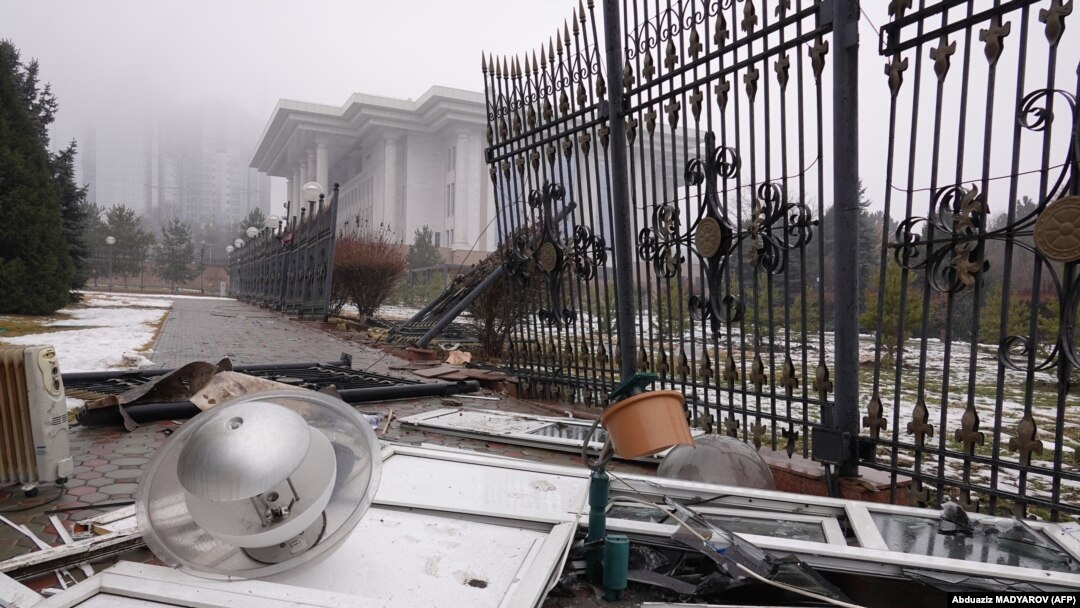Data from the Oxus Society for Central Asian Affairs shows protest activity has been rising in the region since 2018, including Kazakhstan, where the government is using deadly force to quell a nationwide wave of demonstrations that was triggered by an increase in fuel prices.
Protests On The Rise
Discontent has been rising in Kazakhstan: the total number of documented protests in the country was more than six times higher in 2019 than 2018, and then almost doubled in 2020, partly due to the pandemic: 112 protests related to Covid-19 were documented from the beginning of the pandemic through June 2021.
Out of the five Central Asian countries, Kazakhs protest the most in absolute terms -- something the government tolerated more than its autocratic neighbor, Turkmenistan.
That may have changed with the present wave of unrest, with President Qasym-Zhomart Toqaev telling protesters he has given security personnel a “shoot to kill” order.
Journalists in the largest city, Almaty, and the capital, Nur-Sultan, described the mood in the country as the crackdown intensified on January 6. Soldiers from Russia as well as Armenia and other post-Soviet countries have deployed to Kazakhstan under the auspices of the Collective Security Treaty Organization, a Russian-led military alliance of six post-Soviet countries.
Anger Over Fuel Prices
The current wave of protests began after drivers in Zhanaozen found out on New Year’s Day that prices for liquefied petroleum gas, which many Kazakhs use to fuel their cars, had more than doubled. A liter was priced at around 50 tenge for much of 2021 and jumped to 120 tenge on January 1. This is consistent with the earlier protests, as rallies about livelihood were the most common type of demonstration.
It’s not the first bloody crackdown on protests Zhanaozen has experienced – 16 demonstrators were shot dead by police in December 2011 after months of strikes by employees of Kazakhstan’s oil sector.
The local protests began this year on January 2 and quickly snowballed, with hundreds of people joining in Zhanaozen the next day and demonstrations spreading to other cities, including the capital.
While protests over livelihood indicate that many in Kazakhstan find it difficult to make ends meet, government-connected elites stash hundreds of millions of dollars away in foreign real estate, an RFE/RL investigation revealed.
Local Grievances
While protesters nationwide have rallied against the government, some issues are more local. The gas that triggered the protests is one example – more than 90 percent of cars in the Mangystau region, where the first demonstrations were, use LPG for fuel.
The southwest of the country is where most of Kazakhstan’s oil fields are located -- and where oil workers often strike, although this also happens in other regions.
Explore the map to see which issues hit hardest around the country.


